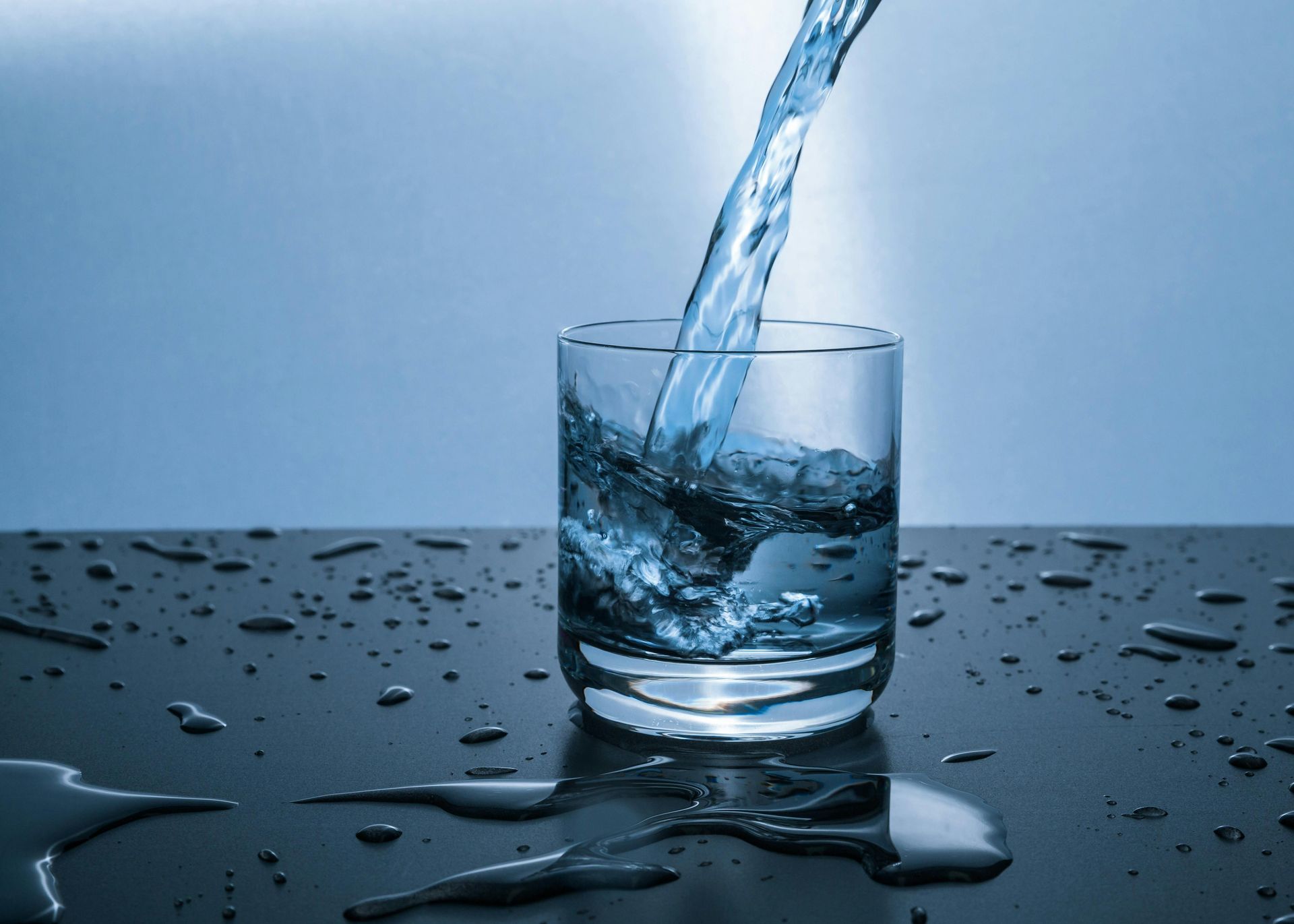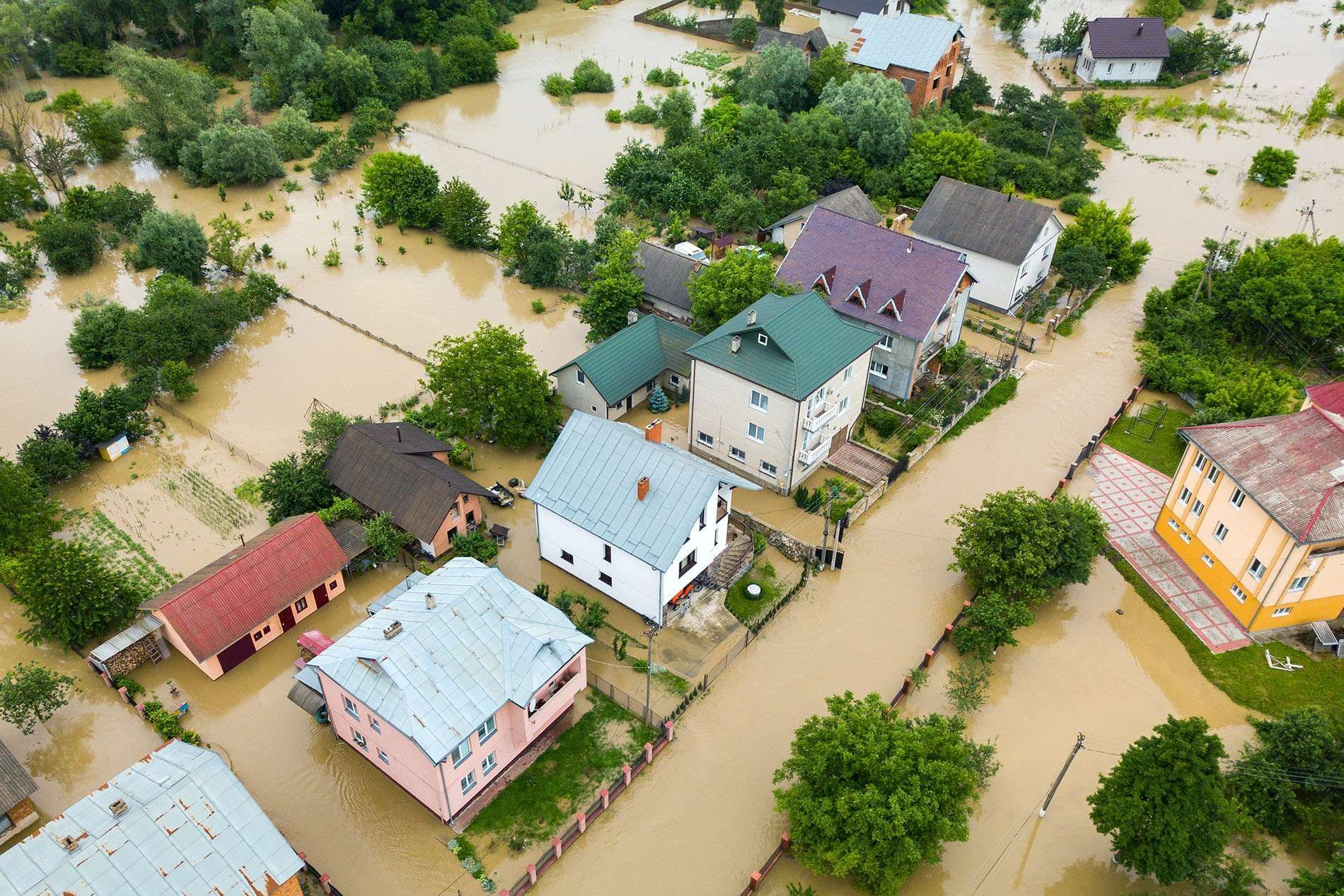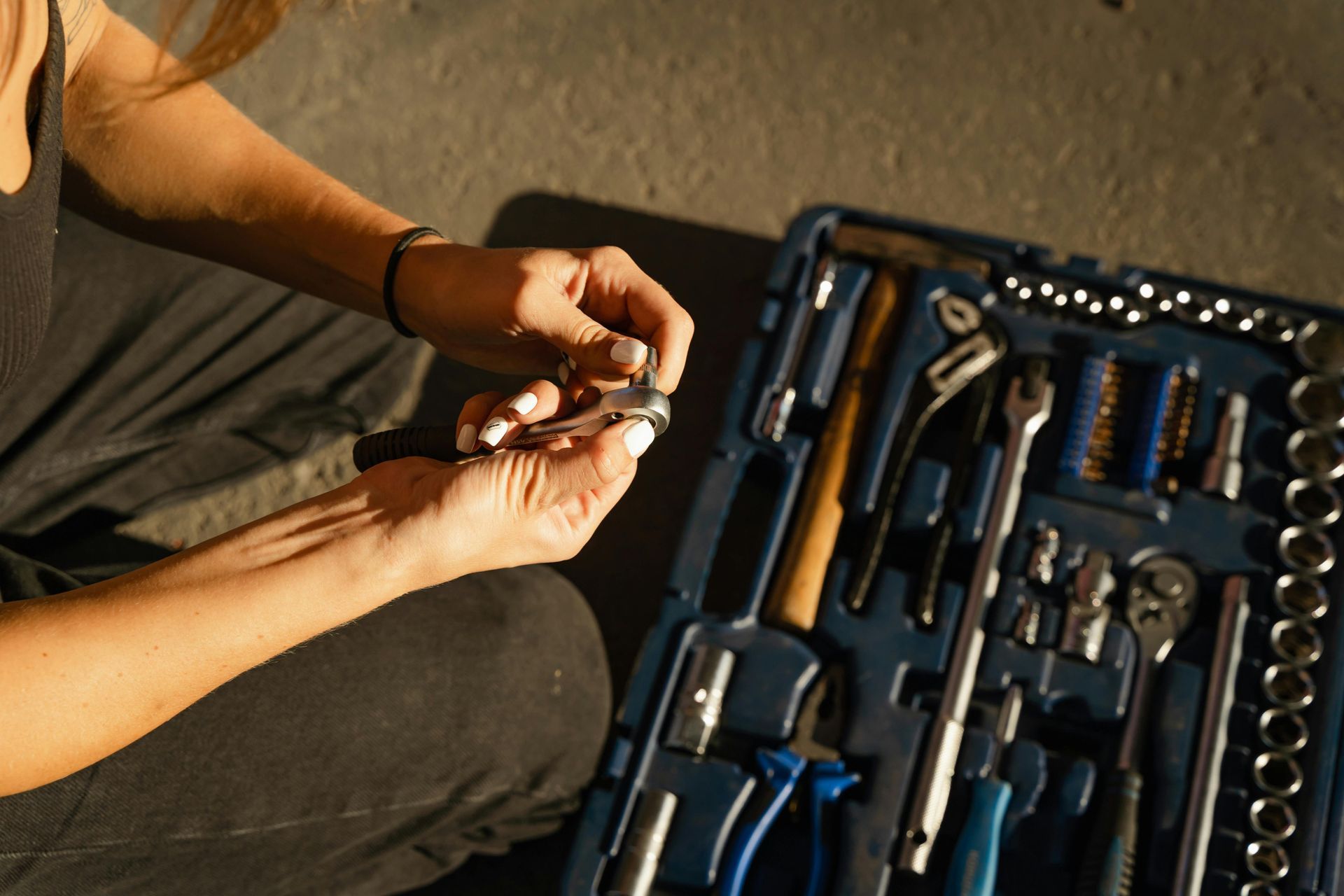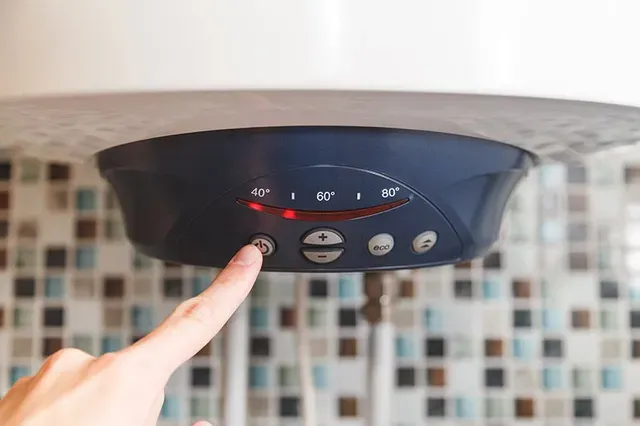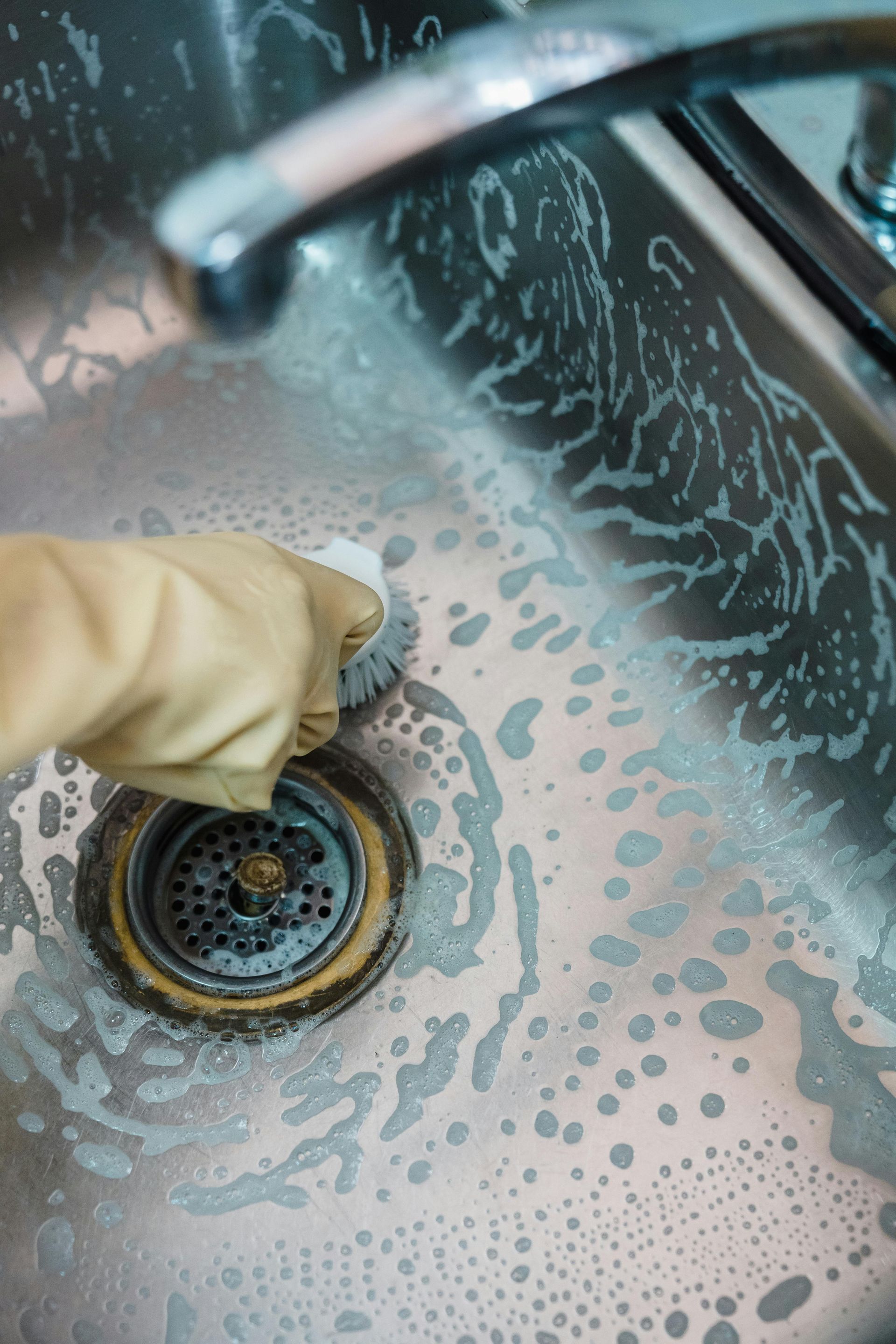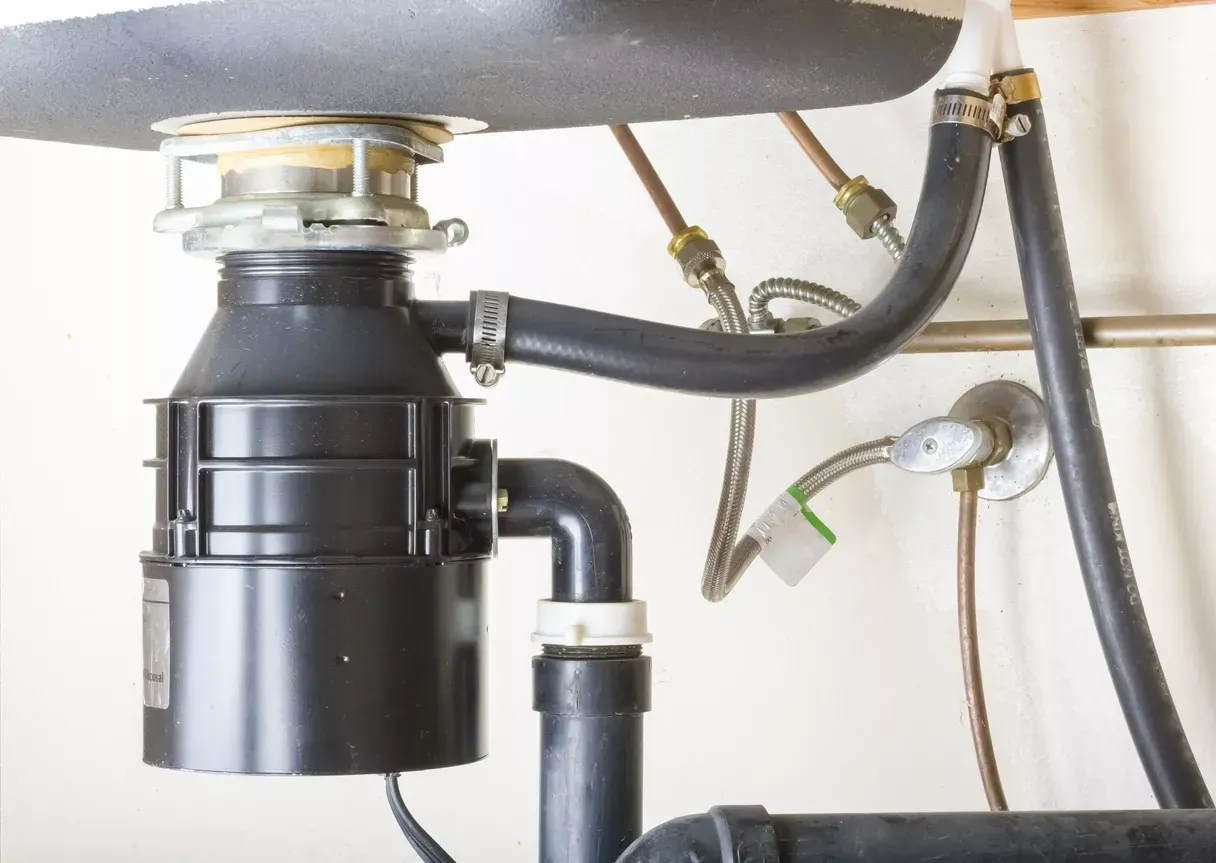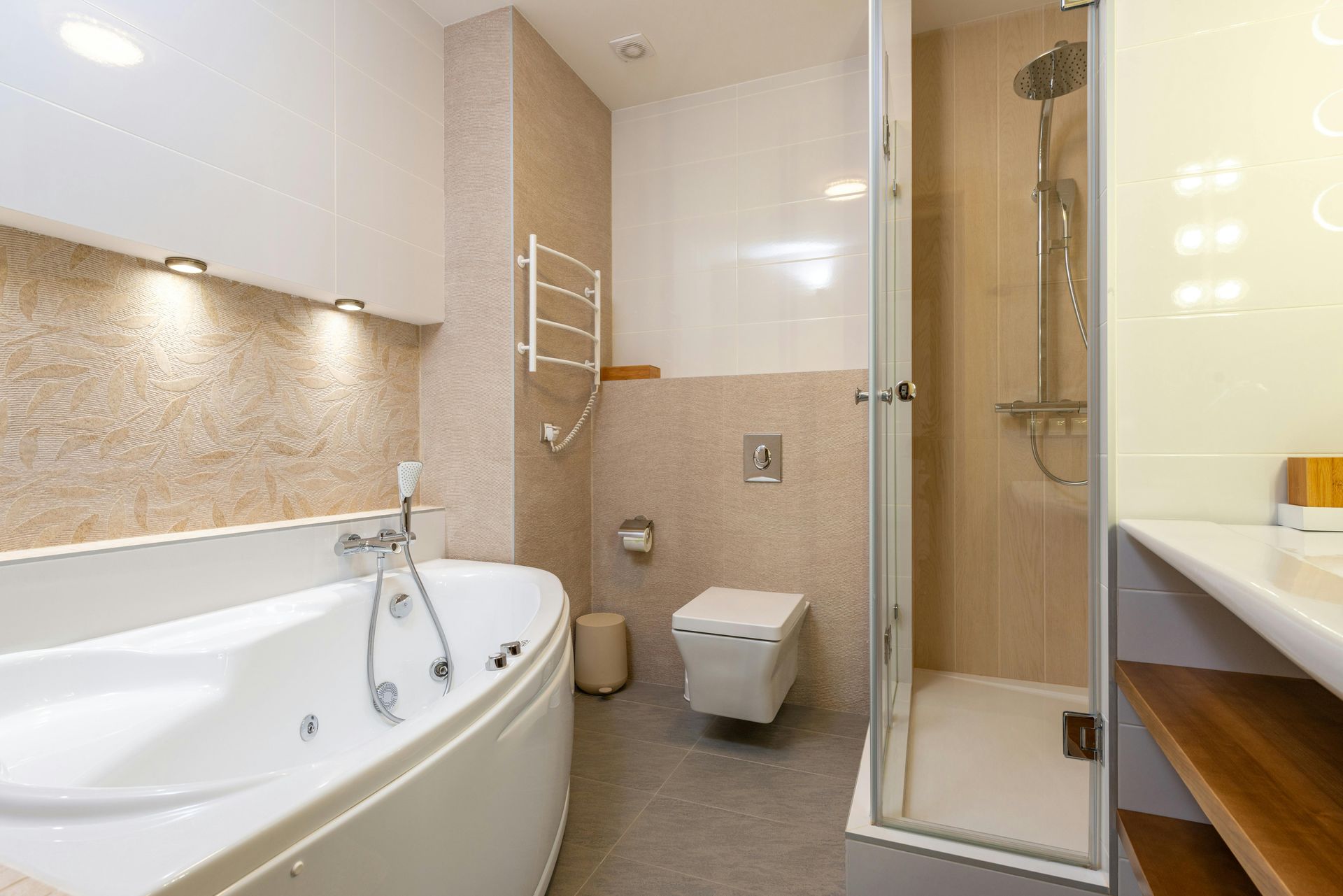How to Keep Hair from Clogging Your Shower Drain
There’s nothing like a relaxing shower to wash away the day—until the water starts pooling around your ankles, and you realize your drain isn’t working the way it should. One of the most common culprits? Hair. Whether it’s long, short, curly, or straight, hair has an uncanny ability to weave itself into your plumbing and cause slow drains, bad smells, or full-on blockages.
The good news? You can do a lot to stop hair from becoming a plumbing nightmare. This guide walks you through why hair is such a problem, what it does to your drain over time, and how to tackle it with a mix of smart habits and practical tools. We'll go over causes, risks, step-by-step solutions, and preventive techniques—so you can enjoy your showers without worrying about what’s happening beneath your feet.
5 Ways of Removing Hard Water Stains From Your Shower Glass
Why Hair Is a Frequent Drain Villain
Hair is deceptively troublesome. When it goes down your shower drain, it doesn’t just vanish—it tangles, sticks, and collects other gunk like soap scum, skin oils, and shampoo residue. Over time, this mixture turns into a dense, stubborn clog that traps water and invites bacteria.
The problem tends to be worse for households with people who shed more hair during showers, those with long or curly locks, or even pets that get bathed in the tub. Unlike food waste that decomposes, hair doesn’t break down easily—so once it’s in there, it stays until something forces it out.
Risks of Ignoring Hair Buildup in Drains
What starts as a slow drain can quickly snowball into a complete blockage. Beyond the annoying standing water, hair clogs can lead to pipe pressure, damage, and even leaks behind your walls or under your floors. If water backs up too far, it can cause mold growth, water stains, or costly repairs that require tearing into walls or replacing sections of plumbing.
Worse yet, repeated clogs in the same area usually signal deeper issues in your plumbing system, like narrowed pipes or poor drainage slope. Ignoring the signs doesn't make them go away—it only makes the repair bill larger.
Step-by-Step: How to Keep Hair from Clogging the Shower Drain
Step 1: Install a Drain Catcher That Actually Works
The first and most obvious defense is a drain catcher or hair trap. Choose one that fits snugly over or just inside the drain and has fine enough holes to catch hair without blocking water flow. Clean it after every shower, even if it looks like there’s not much there. A few strands today can become a hairy monster tomorrow.
Step 2: Brush Hair Before You Shower
This small pre-shower habit makes a surprisingly big difference. Brushing or combing your hair before you get in loosens strands that were going to fall out anyway. Catching them in your brush means they never have the chance to slide down the drain.
Step 3: Use Hot Water Rinses Weekly
Once a week, pour a kettle of hot (but not boiling) water down the drain to melt and loosen any early buildup. This is especially effective for clearing out early soap scum or oils that hair might have gotten stuck in.
Step 4: Try a Monthly Natural Drain Cleanse
A gentle mix of baking soda followed by vinegar can help break down some of the early sludge that clings to hair in pipes. Pour about half a cup of baking soda, then a full cup of white vinegar. Let it fizz and sit for 15–30 minutes, then flush with hot water. It's not a cure-all, but it can keep things fresh between professional cleanings.
Step 5: Clear the Trap (If You’re Comfortable)
For persistent slow drains, the clog might be in the trap—the curved pipe just beneath the tub. If you're handy and have basic tools, you can remove it and clean it out. But if that sounds like too much or you’ve never done it before, this is the moment to call in a pro rather than guess your way through it.
Challenges in Keeping Drains Hair-Free
Even with the best habits, no solution is completely foolproof. Some drains are poorly designed and make it harder to catch hair before it gets trapped. In some older homes, the pipes might already be narrowed by years of residue buildup, making hair-related clogs happen more quickly.
Another challenge is simply consistency. Many people buy a drain cover, use it for a while, and then forget to clean it regularly—or toss it aside when it gets gross. Like brushing your teeth or taking out the trash, preventing drain clogs is all about repetition.
When to Call in the Experts
If your shower drain clogs frequently despite your best efforts, or if multiple drains in your home start slowing down, it’s time to bring in a plumber. Professionals have tools that go far beyond anything you can buy at a store. They use flexible cameras to inspect your pipes, hydro-jets to wash away residue, and motorized augers to pull out the worst clogs without damaging your plumbing.
Early intervention can prevent major repairs. So if your drain is slow and starting to smell, it’s smarter to call before water backs up all the way.
How to Pet-Proof Your Plumbing
Long-Term Prevention Tips
The best defense is a layered one. That means:
- Always using a drain catcher and cleaning it consistently.
- Limiting what goes down your drain beyond hair—especially conditioners, heavy oils, or pet fur.
- Running hot water after every shower to help clear the line.
- Avoiding harsh chemical drain cleaners which can damage pipes over time.
- Scheduling a professional drain inspection once a year if your home is older or heavily used.
Think of it like dental care—small steps daily can save you from painful, expensive procedures later.
Conclusion: Clear Drains Make for Better Showers
No one wants to think about plumbing while they’re enjoying a nice hot shower—but a little attention goes a long way. Hair might seem harmless, but once it settles in your pipes, it’s incredibly stubborn. With a few simple tools, better habits, and occasional help from the pros, you can keep your drains flowing freely and avoid the hassle of surprise blockages.
Take the time now, save yourself the headache later. After all, peace of mind is part of the shower experience too.



